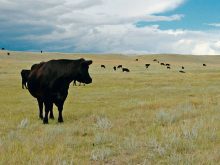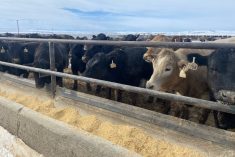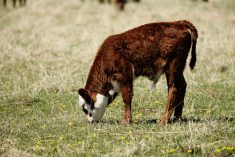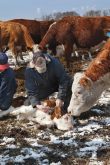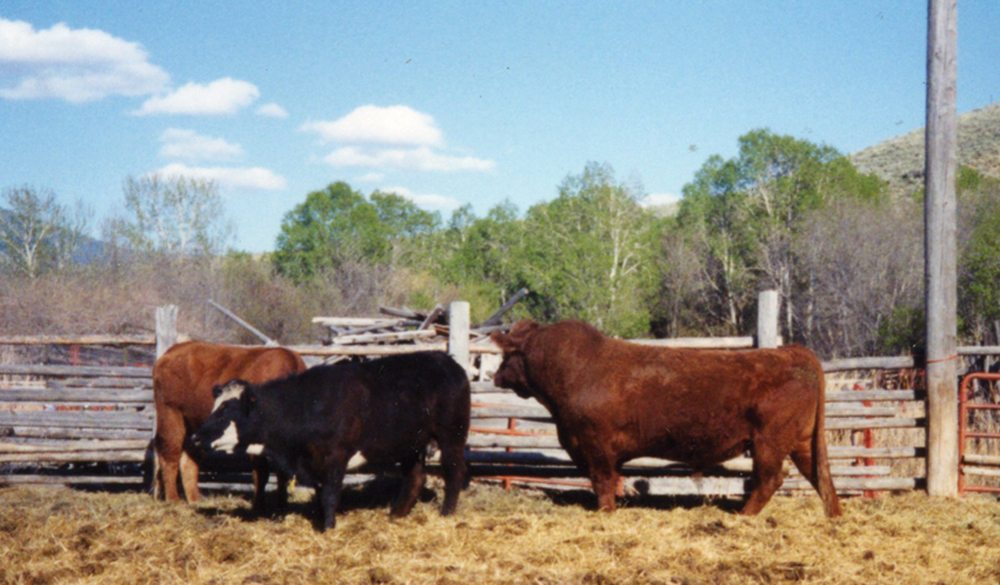Glacier FarmMedia – Researchers at the University of Calgary are one step closer to introducing a vaccine that will help cattle producers combat Johne’s disease.
The ailment, closely related to tuberculosis, can be found in all ruminants but has particularly high incidence in dairy cattle.
That is believed to be connected to herd management techniques of beef versus dairy herds and the primary transmission vector through fecal matter. Johne’s is linked to decreased milk production and can lead to culling.
Read Also

Harvest wraps up and fall work begins
At the Eppich famly ranch in western Saskatchewan, the fall harvest was successful with few breakdowns, cows and calves have been sorted and a new tractor has arrived
Razieh Eshraghi Samani, researcher at the University of Calgary’s Faculty of Veterinary Medicine, said Johne’s symptoms usually appear two to five years after infection, causing what’s called an iceberg effect.
“The animals having symptoms are in low numbers but the whole problem is bigger and there are probably more animals infected in the herd that you don’t see,” she said.
Samani said the vaccine she and her team have developed could greatly reduce the impact of the disease.
“There are vaccines across the world but none of them are approved for use in Canada because they have some shortcomings,” said Samani. “They don’t eliminate the bacteria; they just postpone the symptoms.”
The U of C’s vaccine prevents infection and spread of the disease, she said, while also tackling the most common version of the bacteria that causes Johne’s in Canada.
The beef cattle industry could benefit if the vaccine slows rates of infection. It can also combat different strains of the bacteria, Samani said. However, dairy producers would feel the most immediate economic benefits.
“If this vaccine prevents infection, it will prevent the economic burden on the dairy industry. It can prevent the reduction in milk production, prevent lack of fertility, increase the carcass quality at slaughter.”
The vaccine is still in development. The next step is to see if it can be combined with a Johne’s vaccine being developed at the University of Saskatchewan, said Samani.
“If our vaccine can be mixed with the other vaccine, they can have complementary benefits and maybe fully protect animals.”
Commercial access to the vaccine is still at least two years away.
“This is not something that’s coming tomorrow or next week or next year but we can see that there is some promising results,” said Samani.


